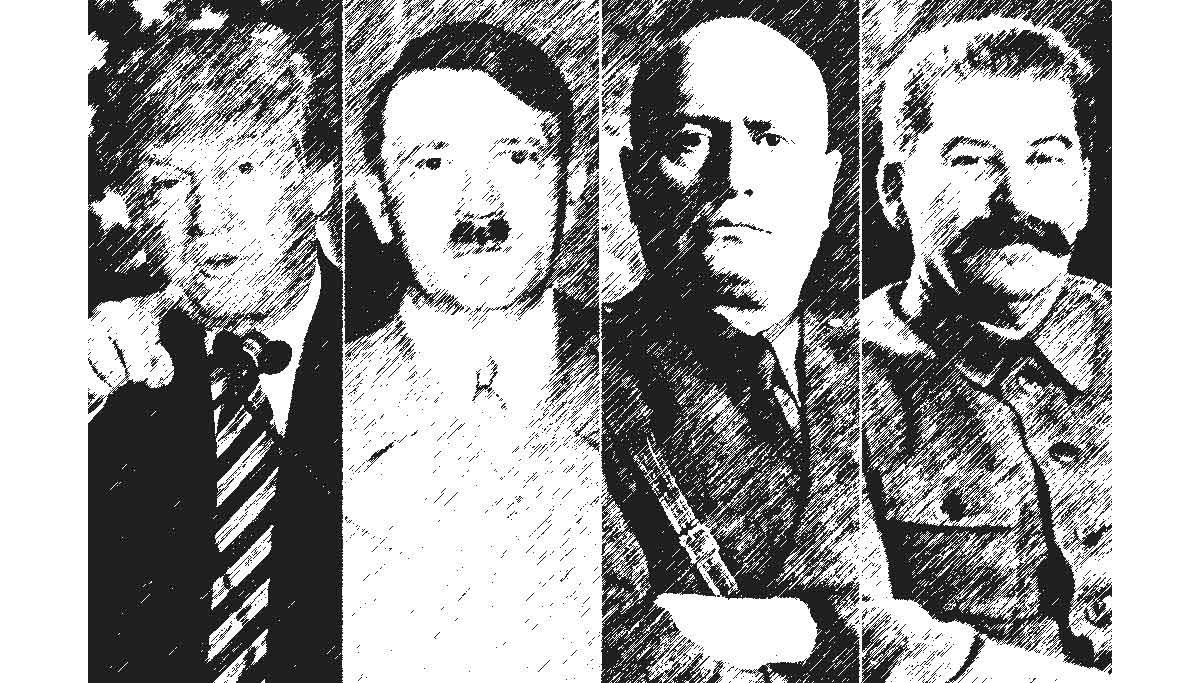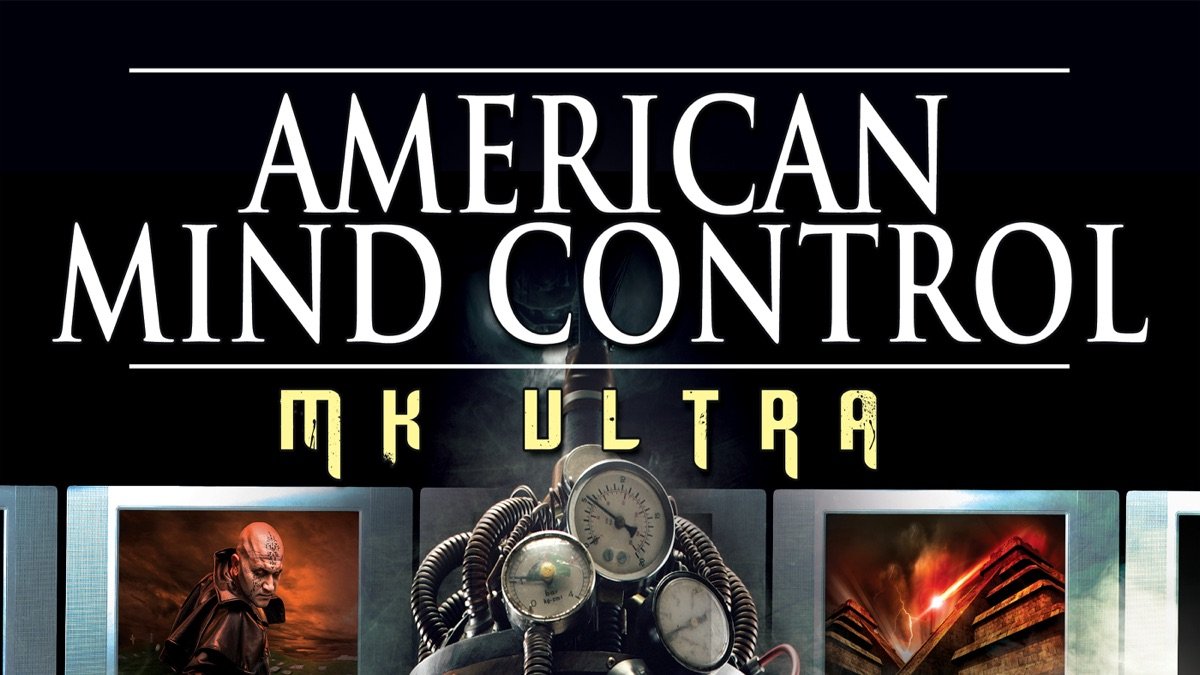The New Face of Fascism in America
Fascists never admit they are fascists. They believe they are the normal ones—defenders of truth, order, and morality. They don’t see themselves as the threat. Yet their behavior follows the same patterns seen throughout history: the rejection of differing opinions, the demonization of outsiders, and the unwavering conviction that only their worldview should exist.
To understand this mindset, you don’t need to look back to 1930s Germany or Soviet Russia—you only need to look around today.
Fascism isn’t a political party or a nationality. It’s a psychological pattern: the belief that one’s identity, religion, or ideology grants the right to silence others. Whether under the banner of nationalism, religion, or even “justice,” the impulse is the same—control through conformity.
Who Are the Fascists Today?
They are not wearing armbands or marching in goose-step. They are Americans waving flags, shouting about freedom while demanding that others be silenced. They exercise their right to free speech to condemn the very idea of others doing the same.
In their minds, their beliefs are absolute, their morality unquestionable. Anything that contradicts their worldview must be banned, erased, or punished. The irony is profound—because this is exactly what the Nazis did in Germany, only then it was done in the name of “purity” and “national security.” Today, it’s done in the name of “patriotism” and “freedom.”
Many refuse to see this parallel because indoctrination rarely looks like indoctrination when you’re inside it. The constant repetition of fear-based messaging, the targeting of “enemies within,” and the glorification of obedience—all of these reshape how a society thinks. It’s not new. It’s psychological conditioning that has been repeated throughout human history.
When Nazi Germany rose, the citizens didn’t see themselves as villains—they thought they were protecting their nation from the “bad people.” They believed they were saving their culture, their children, their way of life. The tragedy is that they were patriots—just misled ones. Today, we see the same dynamic: ordinary Americans convinced they’re saving their country by destroying its principles.
But Isn’t This Just Political Exaggeration?
Some will say this comparison is unfair—that fascism and Nazism were far worse than anything happening in the United States. That’s true in scale but not necessarily in seed. Fascism doesn’t begin with concentration camps; it begins with silencing, censorship, fear of disagreement, and the belief that only one truth should exist.
Others will argue that the other side is doing the silencing—that cancel culture, misinformation policies, or media bias are the real authoritarian forces. And in some cases, they’re right. Intolerance and censorship are not confined to one political side—they’re human weaknesses.
But here’s the deeper truth: this constant framing of “the other side” is itself a divisive tactic. It’s designed to exploit our differences, to keep us angry at one another instead of questioning why the system is failing us. When people are divided, they are easier to manipulate and control. While we fight each other, those who benefit from the division quietly succeed—by suppressing rights, limiting justice, and eroding freedoms and liberties one argument at a time.
Fascism feeds on division. It doesn’t care which side wins—it only cares that people stop listening to each other. That’s how democracies are weakened: not through invasion, but through internal decay fueled by fear, pride, and the illusion that “the enemy” is our neighbor instead of the systems exploiting us both.
Learning From History—Before It Repeats
For those who wonder how Germany, one of the most educated and advanced nations of its time, allowed such horror to unfold, the answer is simple: they believed they were right. They believed dissent was dangerous. They believed unity required silence.
Sound familiar? Look around. The slogans have changed, the technology has advanced, but the psychology is the same. When people cheer censorship, celebrate persecution, or treat political loyalty as a measure of morality—they are walking the same path, only wearing modern clothes.
One day, future generations may ask, “How did a country like America—so free, so proud—allow the same cycle to begin again?” The answer will depend on what we do now. If we continue to trade freedom for comfort, truth for ideology, and open minds for echo chambers, then we are already halfway there.
A Final Thought
Fascism doesn’t arrive as a dictator on horseback—it arrives as your neighbor, your coworker, your politician, even your favorite talk show host. It arrives with a smile, a slogan, and a promise to protect you from “them.”
The defense against it is not violence or hate—it’s awareness, dialogue, and courage. The courage to let others speak, even when we despise what they say. The courage to think for ourselves, even when it’s uncomfortable. And the courage to remember that freedom only exists when everyone—not just those who agree with us—gets to use it.




